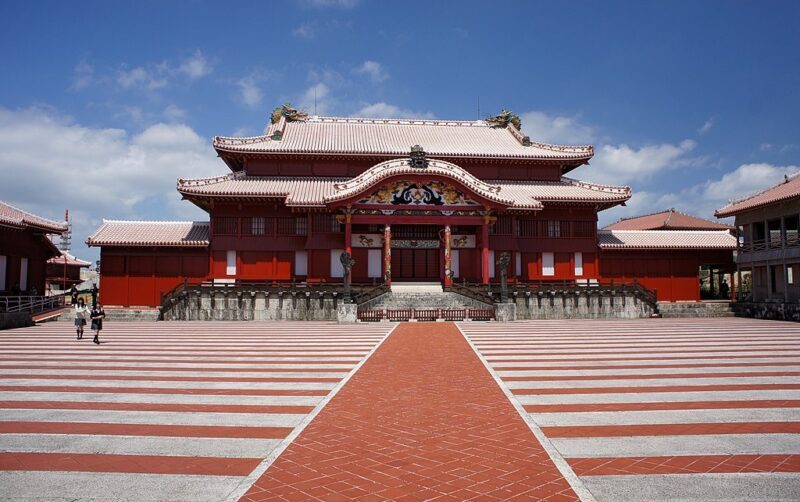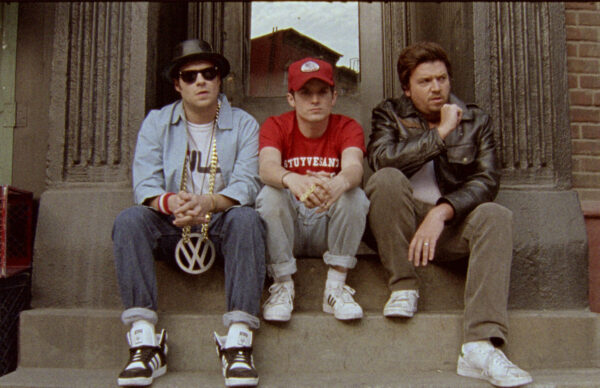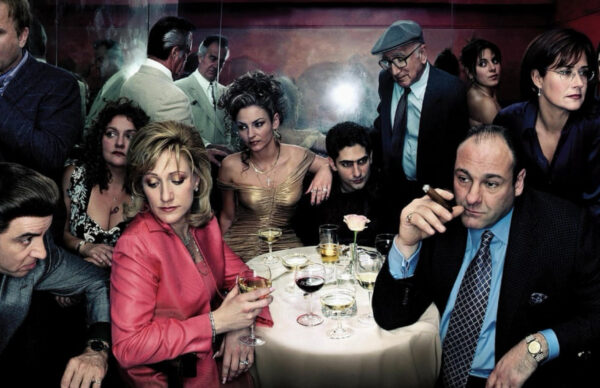Words by Patrick Balfe // Image by Vladimir Haltakov //
Spanning 160 islands from the main island in the north to Hateruma in the south, Okinawa is a destination often overlooked by visitors to Japan.
With untouched natural beauty and a unique blend of cultures, the subtropical paradise feels a world away from the rest of the country, retaining a distinct, centuries-old way of life set at a leisurely island pace. While the average person’s knowledge of Okinawa probably extends about as far as a Daniel Laruso praying mantis kick, what they’re missing is arguably the most environmentally idyllic and culturally unique prefecture of Japan as well as the home to Monsutā’s beer production. So, in case you’re booking your next trip to Japan, we’ve teamed up with Monsutā to show you why Okinawa’s unique heritage, top-quality food and agriculture and white sandy beaches deserve a spot on your itinerary.
Honto and History
The largest and most populated of Okinawa’s 160 islands, Okinawa Main Island (Okinawa Honto) and its capital Naha are also the best jumping-off points to understanding Okinawa’s multicultural past. Long before it became a Japanese prefecture in the late 19th century, Okinawa was known as the Ryukyu Kingdom, the heart of which was Shuri Castle and Naha Port. Developed in the early 15th century, trade with China, Taiwan and Southeast Asia was just as, if not more, common than trade with Japan. As a result, much of Okinawan cuisine and culture are totally distinct from what’s found in the rest of the country.
Key spots:
– Shuri Castle – The Heart of the Ryukyu Kingdom, designated as a UNESCO World Heritage Site in 2000
– Nakijin Castle Ruins – Former castle of the Ryukyu Kingdom. Built in the late 1200s and set in a lush forest
– Bisezaki – Idyllic beaches, tree-lined streets, ancient architecture and water buffalo rides

Image by 663highland/Wikimedia Commons //
Food and Agriculture
Okinawa’s early contact with China and Southeast Asian countries had a huge influence on its food culture. Known for having some of the longest lifespans in the world, Okinawans enjoy a broad range of superfoods daily like goya (bitter melon), introduced from Southeast Asia, particularly in Okinawa’s staple goya and tofu dish, Champloo. Rykyuan cooks were said to have travelled to China to learn their craft, introducing the common use of pork over beef which plays a big role in the Okinawan diet, particularly in soki soba or Okinawan Soba, a noodle dish served with pork ribs. Early trade with Thailand also introduced Thai indica rice, used in the distillation of Okinawa’s signature alcohol, Awamori. Brewed in Okinawa and indigenous to the prefecture, Awamori is also used in Monsutā’s lineup of alcoholic lemon, pineapple and mango-flavoured chūhais.
Okinawa’s year-round warm climate, alkaline-rich soil and high water quality, play a huge factor in its notoriety as an agricultural and beer-producing prefecture, being a prime source for sugarcane, flowers, fruits and crops crucial to beer production like top-quality wheat and barley. Monsutā’s Okinawa Dry and Okinawa Supreme beers make use of locally sourced, premium ingredients to create their smooth, crisp, and bold beers.
Key spots:
– Ie Island – Home to Iejima Kazoku farm which has revitalized the island’s traditional Ryukyu wheat cultivation using sustainable farming techniques and nees from local beer breweries to fertilise its barley crops. Dive the coral reefs, relax in the natural hot springs and check out the famous lily blossoms.
– Yanbaru – Recently designated as part of a Natural World Heritage Site. Head to Higashi village where a team of local women created the Azalea and Hirugi Longevity Kitchen to provide visitors with healthy bento meal boxes to pack on their outdoor excursions.
https://www.youtube.com/watch?v=DJWEj4NGLQ4
Culture
While many of Japan’s cultural events are based on the solar calendar, Okinawa’s festivals and religious events are steeped in its old lunar calendar. This calendar, originating during the Ryukyuan Kingdom, is founded on the lunar cycles and the 24 solar periods that align with the changing seasons. It not only facilitated tracking the ebb and flow of tides but also provided essential guidance on the optimal times for sowing seeds and harvesting crops. Notable events include Lunar New Year (typically celebrated in late February), Obon (held in mid-July, as opposed to mid-August in the rest of Japan), and Shimi, an event introduced from China and observed in mid-March.
Musical traditions have played a pivotal role in Okinawa’s cultural heritage since the Ryukyu Dynasty, with the royal government at the time investing significantly in the development of performing arts such as kumiodori, buyo, and shamisen music. The quality and popularity of Okinawan creativity continue today with performers like Awich and Hikari Mitsushima gaining international acclaim in recent years as well as the emergence of the Miyakojima International Film Festival and the resurgence in popularity of traditional Ryukyuan tattoos called hajichi.
Key Spots:
– Ishigaki – The island has long been known as “the country of poets, the island of songs, and the land of dance,” and has a unique entertainment culture and some of Okinawa’s best snorkelling locations.
– Miyako – a series of islands that play home to some of Okinawan traditional crafts. Head to Miyakojima Traditional Crafts village to try basket weaving, sandal making and Ryukyu indigo dyeing and head to Ocean’s Vista to try authentic Miyako Soba.
Despite being a Japanese prefecture, Okinawa’s unique subtropical beauty, history and culture are distinctly its own. While the Japanese mainland might be known for its punctuality, “uchinaa time” or Okinawan time runs at a much more leisurely pace, emphasising a low-stress attitude towards life and an emphasis on community. This balanced approach bleeds through into everything from food to work and celebration and it’s for these values, coupled with rich agricultural and cultural heritage, that Monsutā embraces in the production of its beverages. So make some Okinawa time on your next trip to Japan but before that, bring a taste of Japan home with Monsutā’s drinks.






